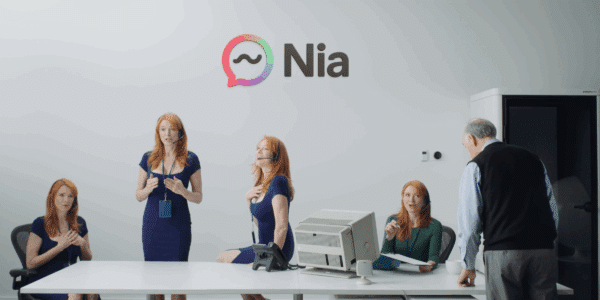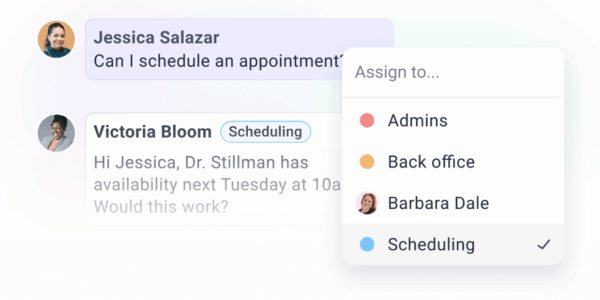Written by Kate McIntosh, M.D.
The following story is based on a real-life patient situation I have encountered with names and some clinical details modified:
Rebecca is 6 years old. She has been healthy, except for her mild asthma, which hasn’t been bothering her. She woke up with a rash on her arm which was a little red. Her mother wasn’t really concerned and put some antibacterial cream on it. The next day, however, the rash was red and spreading.
Her mother took a picture of the rash and sent it to our office using the secure messaging functionality of the OhMD app. The message was received by the office manager who routed it to the nurses. The triage nurse ran the photo by the Nurse Practitioner who was working that day. Based on the photo sent by the mother, the Nurse Practitioner determined that an office visit was necessary.

Rebecca came into the office, where the rash was seen to be very extensive and spreading over her arms and trunk. It was a concerning red rash. She was otherwise completely healthy, no fever, no cold symptoms, no other complaints. The rash didn’t itch. It wasn’t hives, it wasn’t raised, it was not a classic viral rash.
The two providers in the office were not sure what to make of the rash. So the Nurse Practitioner took several photos of the rash and sent me a secure message over the provider side of OhMD.
I was about an hour away from my practice, when my phone alerted me that I had a message in OhMD. I got the history and the photos of this rash. I was able to ask the Nurse Practitioner several additional questions, and she sent me several more photos.
Based on the photos, I suggested that she get a strep test on the patient because the rash looked like erysipelas. Erysipelas is a rash caused by strep. The patient’s strep screen was positive, even though she didn’t have a sore throat, and the patient was started on antibiotics.
OhMD allows us to text securely with our patients, and with each other. It improves hand-offs between providers, and transitions to call. It allows us to notify each other in real time of patients and conditions which need to be followed up. It also allows us to use an expanded consultation network for communicating with providers who may not be in the office at the time.
We also use it to ask each other questions about patients which might not be answered by the existing notes. Our patients really like being able to contact us by text, and we really appreciate being able to contact each other easily and securely.


